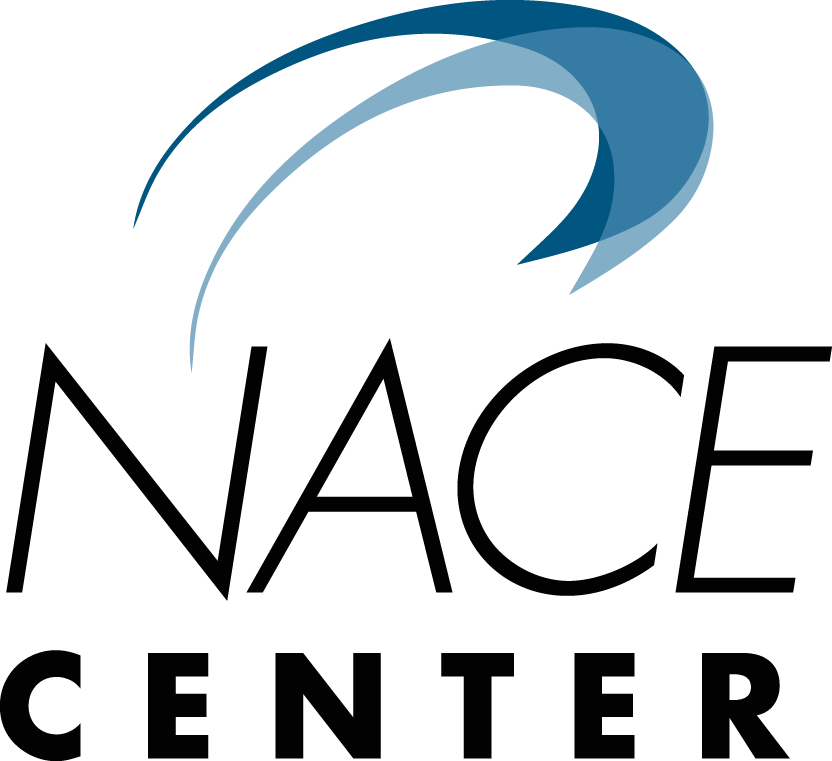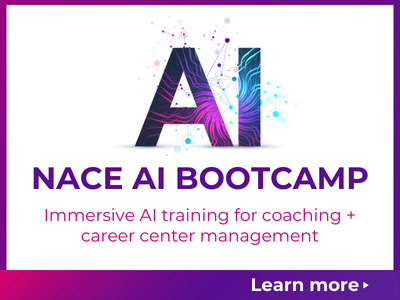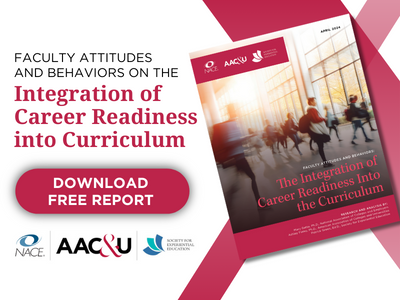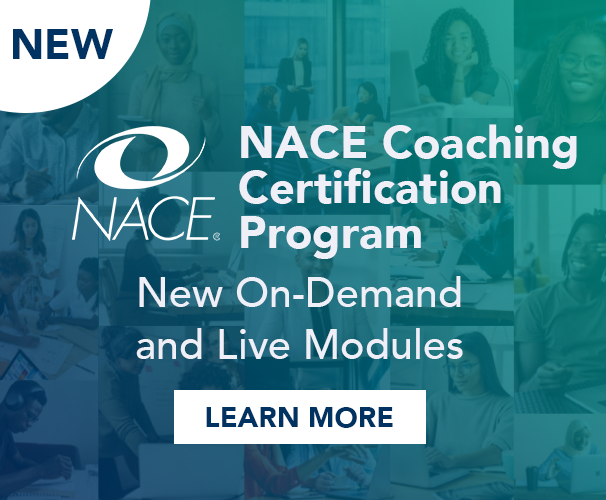Spotlight for Career Services Professionals
In 2010, the University of Richmond made a shift to fulfill the vision of its president and Board of Trustees to elevate the prominence of career services, provide additional resources for students, and more deeply engage alumni. To do this, Richmond combined its offices of career services and alumni services to create its office of alumni and career services.
“Certainly, as a smaller institution with very loyal alumni, we were looking for new ways to get them involved and to help with students’ careers,” says Leslie Stevenson, director of career development at Richmond. “We were two totally separate units and we started thinking about what the new structure would look like in terms of programming, cross-training, and meeting with each other, and in terms of communicating to all of our constituents what this change meant.”
Communicating information about the reasons for the shift was a key component in its success. Staff members did “road tours” on campus and among their employer partners during which they explained the new structure and services, and provided contact lists.
“[These meetings] were very well-received,” Stevenson says. “Our colleagues in admissions, and prospective students and their families were excited to know that career services was making such an investment in harnessing the energy and expertise of alumni to help with our students’ career success.
“The way it was explained to the campus community, people felt like it made a lot of sense in terms of framing together the two functions that might seem disparate, but really have a lot of synergy. Many of our employers are alumni who advocate for the University of Richmond in their organizations. Having that understanding and support freed us up to develop the infrastructure.”
By combining career services and alumni services, Richmond has created a community of students, alumni, and employers that facilitates meaningful connections, fosters relationships, and provides comprehensive career development. The new office reports to advancement.
“Given that so many of our opportunities for students are through our alumni, this combination makes total sense for our institution and institutions similar to ours,” says Denise Dwight Smith, assistant vice president, alumni and career services. “There's a reasonable expectation from the vice president of advancement that, while [the career services] staff isn’t involved in giving or asking [for financial support], all of us certainly are involved in increasing engagement, which leads to giving.”
In her role, Smith oversees the three teams—career advising, employer relations, and alumni relations—that are housed in Richmond’s Office of Alumni and Career Services. Prior to the alignment of career services and alumni relations, the career services office reported through student development. Even after moving to report to advancement with this merger, Stevenson maintains a liaison relationship with student development.
“I participate in their leadership team meetings and share information with our team about what's happening on campus,” she notes. “One of the hidden benefits of the current alignment is that we have close working relationships with many people on campus and know the work of our colleagues’ divisions intimately.”
Frank Allen, director of employer relations, says that one of the biggest advantages the structure provides is being more coordinated.
“At most universities, someone from any department could be reaching out to alumni for different events and asks,” Allen says. “Because we're a centralized office, if there are any significant requests—whether it's financial or participation in an event on campus—we’re in the same area so we can communicate with one another and be more strategic about it.”
Still, when Stevenson thinks of examples of potential pitfalls associated with the career services-alumni services structure, they all relate to communication and coordination.
“To help us be mindful of communication and coordination of responsibilities, we have regular meetings and conversations to understand each other's roles,” she says. “We spent a lot of the first year building a strategic plan and clarifying who does what. Many organizations work in silos so there might not be a lot of information about what each functional area’s responsibility is. If you don't have careful communication, all parties are approaching [their work] with different goals in mind.”
Allen points out that the office serves three constituents—students, alumni, and employers.
“There is overlap between employers and alumni, but not all alumni are employers,” he says. “These groups all have different interests and you have to have a structure in place and strong management in each of those areas that can make sure the office isn't leaning toward one to the detriment of the others.”
Since the shift in 2010, staff have measured the numbers of alumni and parents who participate in career services programming and have seen notable increases. Many of the office’s career panels feature alumni talking about their careers; the number of alumni who participate in these events also has jumped.
“In addition, we developed several innovative programs featuring alums,” Stevenson notes. “We’ve launched an alumni job-shadowing program called Spider Shadowing, and introduced the initial funding mechanisms for unpaid internships or research opportunities called the UR Summer Fellowship Program that provides guaranteed funding of up to $4,000 for every student. This is made possible through alumni support.”
Says Smith: “There is an appreciation here that even though we’re in an advancement division, people understand career development and advising, and the corporate relations functions. We all work together to serve our constituents in new ways to maximize the connections we facilitate, and I think we certainly have found an effective balance.”






